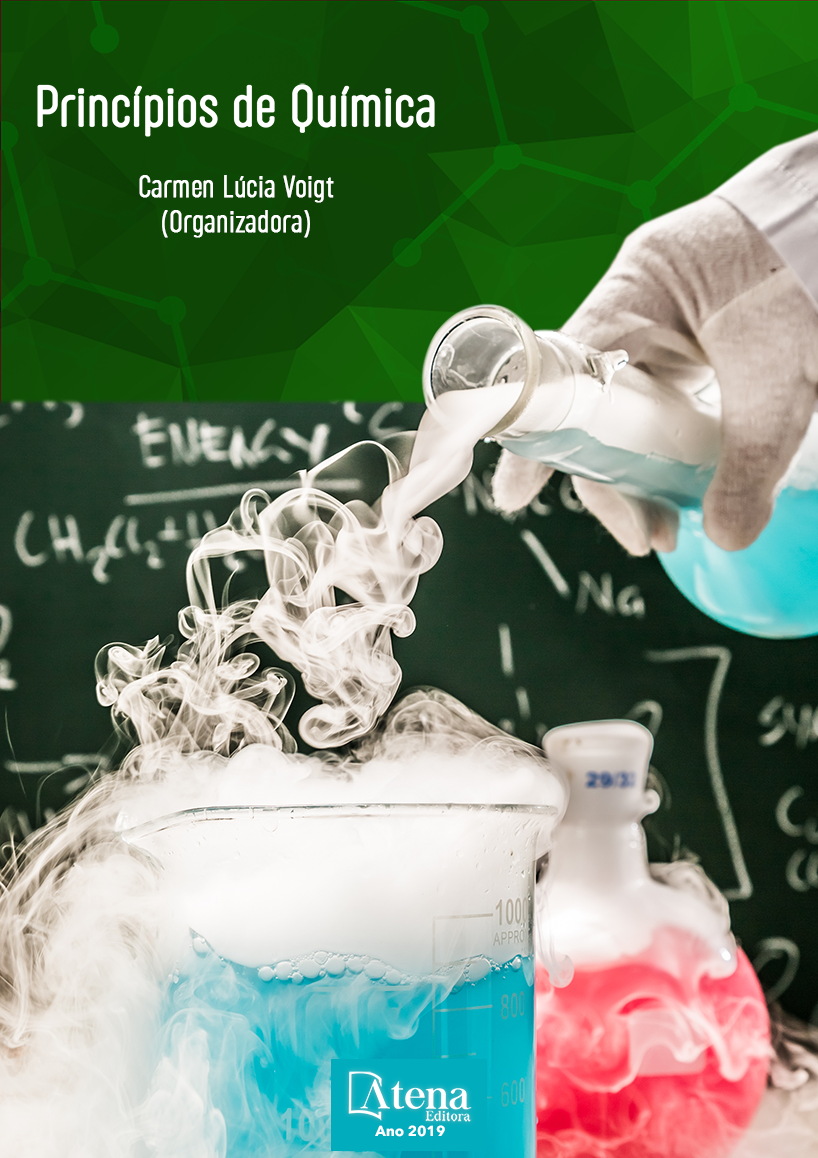
REMOÇÃO DO CORANTE DIRECT BLACK 22 ATRAVÉS DE ADSORÇÃO
O agreste Pernambucano produz altos volumes de efluentes líquidos contendo corantes na produção têxtil, essa pigmentação impede a fotossíntese da flora aquática e são considerados tóxicos, para tratamento desses efluentes existem vários processos, sendo a adsorção um método bastante efetivo. Este trabalho avaliou a capacidade absortiva do carvão ativado produzido a partir da casca da batata, em efluente sintético contendo o corante Direct Black 22. O sistema de banho finito operado com variação de dois fatores a agitação (0 rpm, 100 rpm, 200 rpm) e a concentração do corante (0,02 g/L, 0,05g/L e 0,08 g/L) mantendo 5 h como tempo de equilíbrio. A remoção do Direct Black 22, manteve-se entre 55% e 98,75%, tendo maior percentual de remoção usando maior concentração (0,08 g/L) e agitação (200 rpm).
REMOÇÃO DO CORANTE DIRECT BLACK 22 ATRAVÉS DE ADSORÇÃO
-
DOI: 10.22533/at.ed.22119240618
-
Palavras-chave: indústria têxtil; tratamento de efluentes; adsorção; carvão ativado.
-
Keywords: textile industry; wastewater treatment; adsorption; activated charcoal.
-
Abstract:
The harsh Pernambuco produces high volumes of liquid effluents containing dyes in the textile production, this pigmentation prevents the photosynthesis of the aquatic flora and are considered toxic, to treat these effluents there are several processes, being the adsorption a very effective method. This work evaluated the absorptive capacity of the activated carbon produced from the potato peel in a synthetic effluent containing the Direct Black 22 dye. The finite bath system was operated with a two-factor agitation (0 rpm, 100 rpm, 200 rpm) and the dye concentration (0.02 g / L, 0.05 g / L and 0.08 g / L) maintaining 5 h as the equilibrium time. The removal of Direct Black 22, remained between 55% and 98.75%, having a higher percentage of removal using higher concentration (0.08 g / L) and agitation (200 rpm).
-
Número de páginas: 15
- Deivid Sousa de Figueiroa
- Déborah Fernanda Mamedes


